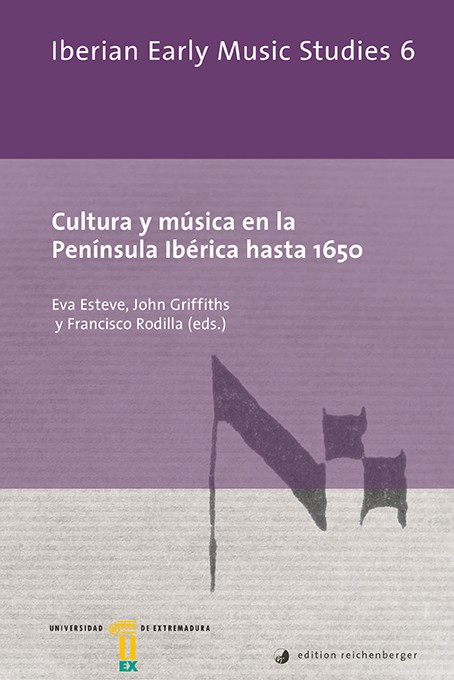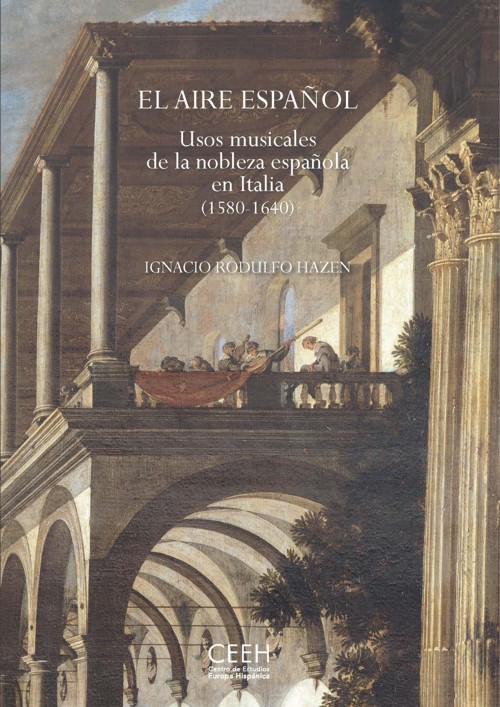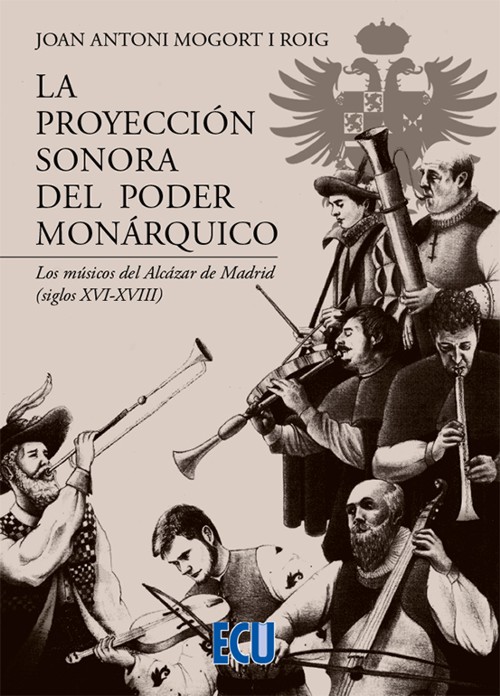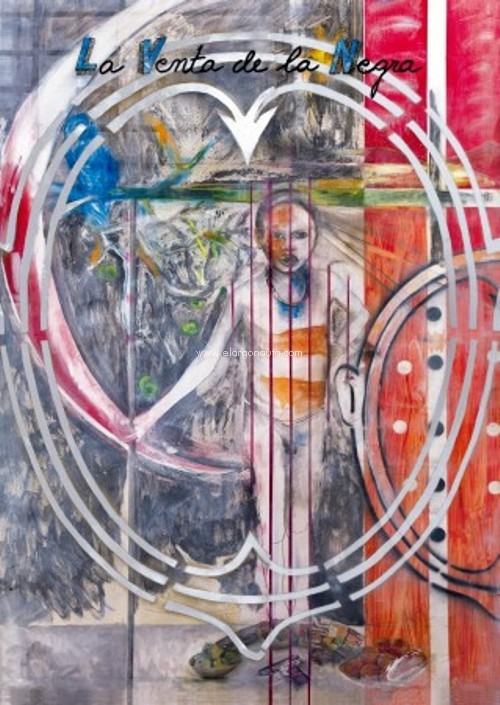
Ritual Meanings in the Fifteenth-Century Motet
Nosow, Robert
Cambridge University Press. 2012Ficha técnica
- EAN: 9780521193474
- ISBN: 978-0-521-19347-4
- Editorial: Cambridge University Press
- Fecha de edición: 2012
- Encuadernación: Cartoné
- Dimensiones: 17,5x24,5
- Idioma: Inglés
- Nº páginas: 292
Disponible en breve
Sin stock. Si se pide hoy, se estima recibir en la librería el 15/05/24¡GASTOS DE ENVÍO GRATIS!
PVP. 142,10€
Añadir a la Lista de deseos
The first full-length study of how motets were used and performed in the fifteenth century, this book dispels the mystery surrounding these outstanding works of vocal polyphony. It covers four areas of intense compositional activity: England, the Veneto, Bruges and Cambrai, with reference to the works of Dunstaple, Forest, Ciconia, Grenon and Du Fay. In every documented instance, motets functioned as ceremonial vehicles, whether voiced in procession through the streets of a city or the chapel of a king, at the guild chapel of a parish church or the high altar of a cathedral. The motet was an entirely vocal genre that changed radically during the period 1400 to 1475. Robert Nosow outlines the motet's social history, demonstrating how the incorporation of different texts, musical dialects, cantus firmus materials and melodic styles represents an important key to the evolution of the genre, and its adaptability to widely variant ritual circumstances.
CONTENIDO:
Introduction
1. Motets in the chronicles of Henry V
2. The motet as ritual
3. Processions in the Veneto
4. The motet as ritual embassy
5. Motets for the citizens of Bruges
6. Contemplation
7. The canons of Cambrai
8. The dialogic motet
Appendix A. Accounts of Santa Maria dei Battuti
Appendix B. Foundations and charters at Bruges
Appendix C. Foundations at Cambrai cathedral





